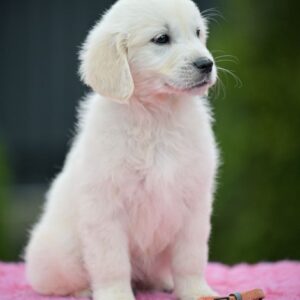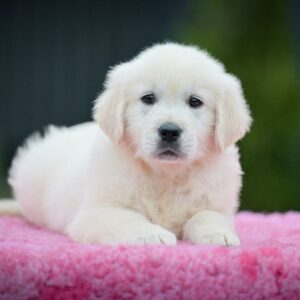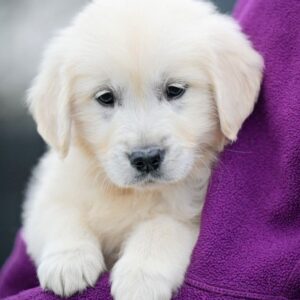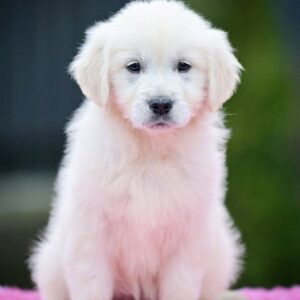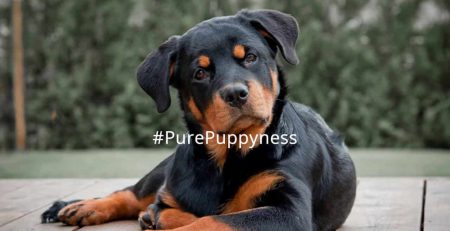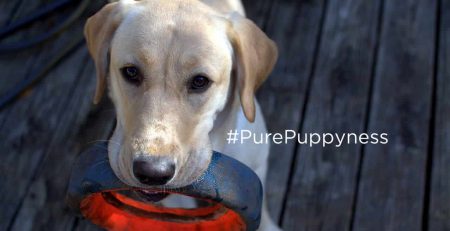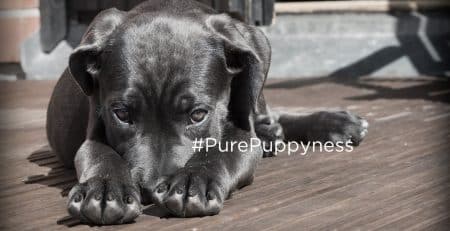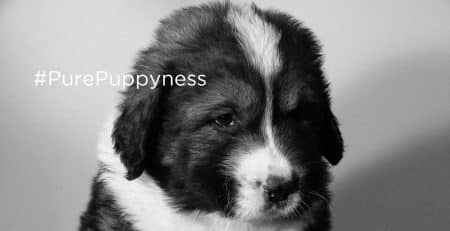History of the Golden Retriever
What does the average person imagine when they think of a family dog? They probably think of a Golden Retriever sitting in the hall, welcoming you home, smiling a joyful doggy smile, and wagging its tail. Perhaps David Rosenfelt put it best: “The face of a golden retriever feels like home.”
Highland hound
The Golden Retriever was developed in Scotland at Sir Dudley Majoribanks’s (Baron Tweedmouth) estate in the highlands. Dog breeding was a popular past time for many middle and upper class people during the 19th century, and Sir Dudley was no exception. He wanted to create the perfect retrieving dog. Retrieving dogs are used to pick up and retrieve prey that has been shot, especially ducks and other fowl.
Sir Dudley wanted a dog with a keen sense of smell and an attentive nature, ready to leap into action at the slightest command. At the same time, he wanted a dog that could be a calm and good-natured pet.
Sir Dudley’s Dream Dog
To produce the ideal retriever, Sir Dudley bred a yellow coloured retriever named Nous with Belle, a Tweed Water Spaniel. The Tweed Water Spaniel (now extinct) was known for its eagerness in the hunting field, and its friendly nature at home: ideal characteristics for Sir Dudley’s dream retriever.
Nous and Belle’s pups were then bred with Wavy and Flat coated retrievers, a red setter, and another Tweed Water Spaniel. Sir Dudley kept the dogs with golden coats and continued to breed them. From this crossbreeding emerged beautiful golden puppies that grew up to be talented retrievers. The Golden Retriever, as the breed came to be known, was first registered in 1911 by the Kennel Club in England. The American Kennel Club recognised the breed in 1932.
Appearance
Golden Retrievers are large dogs, with beautiful feathery fur (golden, of course) and floppy ears. Their wavy fur is water-repellent. Watch out, because these dogs shed everywhere!
There are three main types of Retrievers. British-type Retrievers have a broader skull and a more muscular appearance. American-type Retrievers tend to be darker, often with reddish fur, and have a slimmer build. Canadian-type Retrievers have thinner, darker coats than the other types, and are also taller.
Temperament
Author Dean Koontz said this about Golden Retrievers: “they are less likely to bite than to bark, less likely to bark than to lick a hand in greeting.” They are very friendly dogs, usually with a calm disposition. Retrievers are very eager to please. Good training and early socialisation will help to develop these innate qualities. They also get on very well with other animals.


